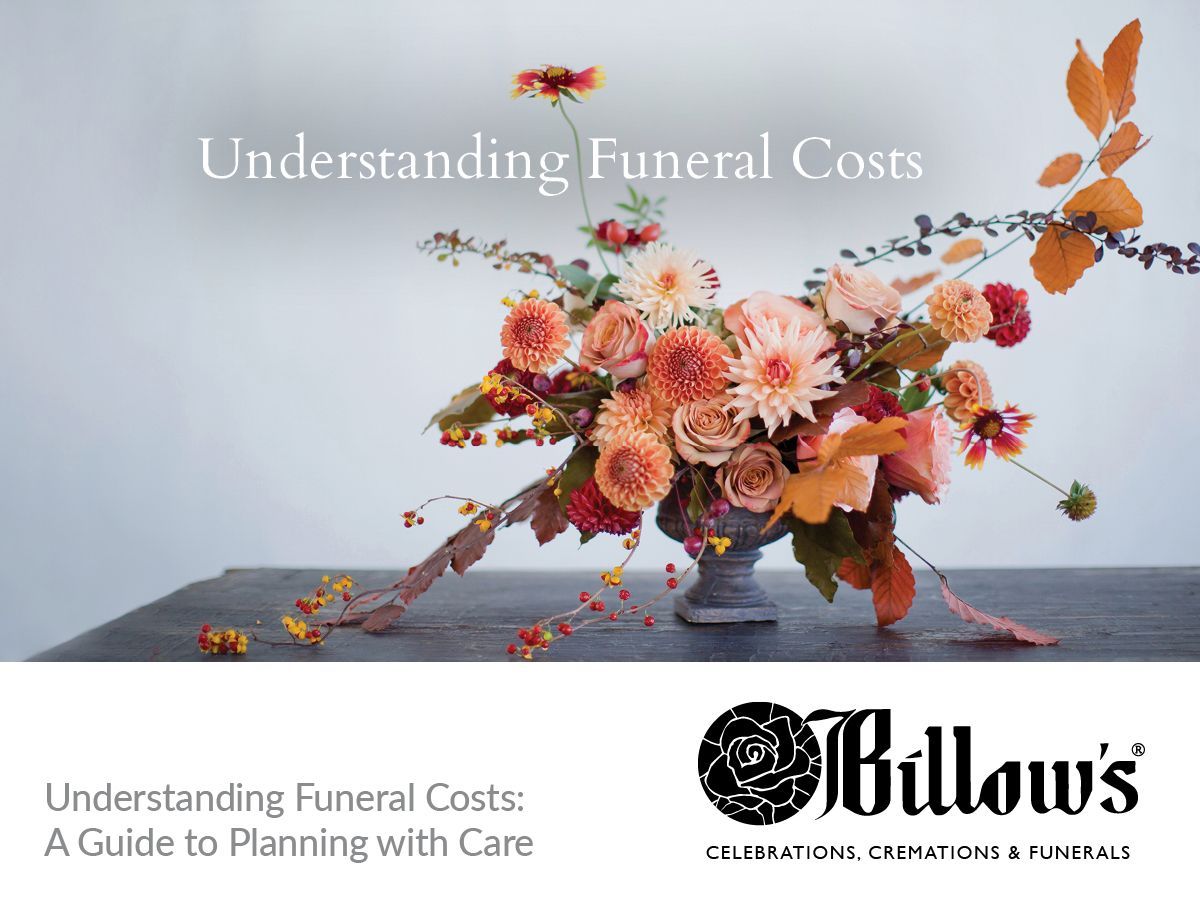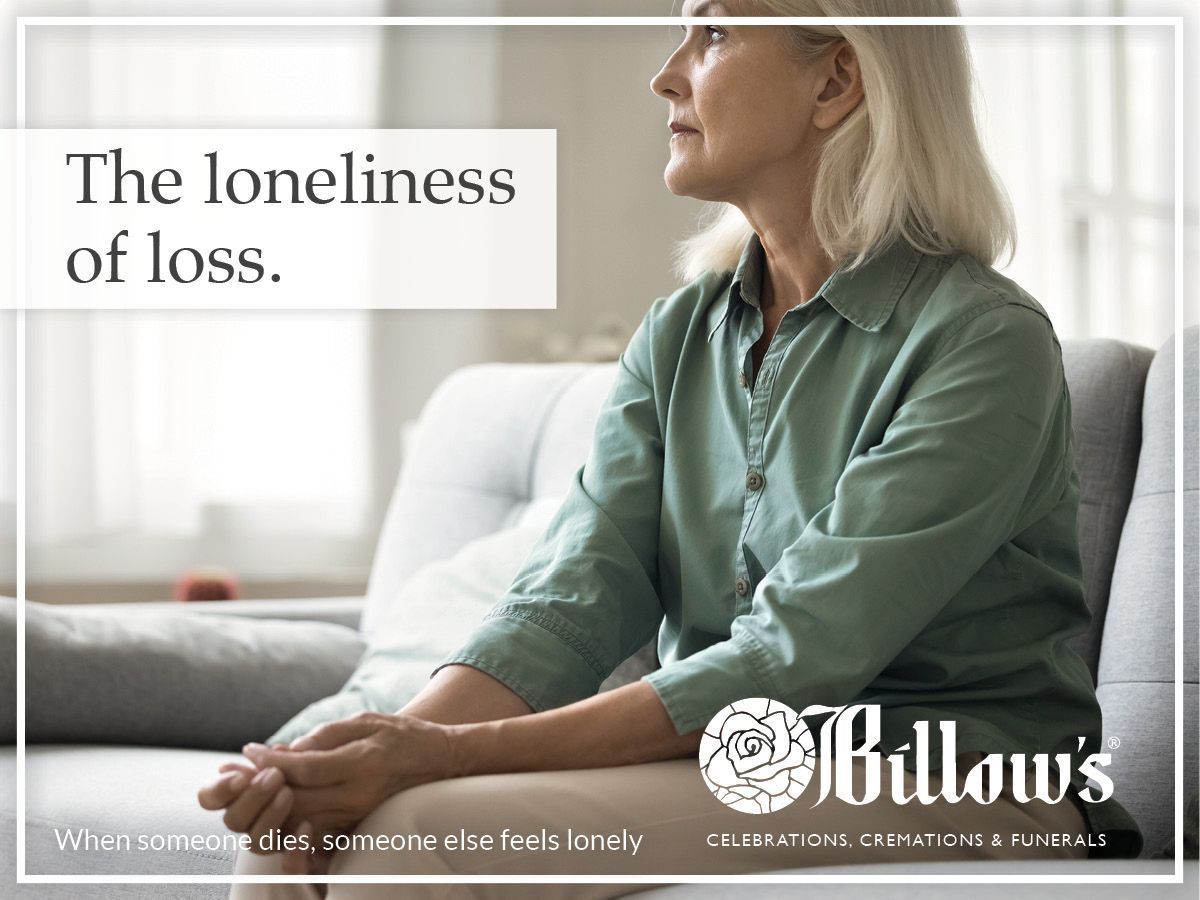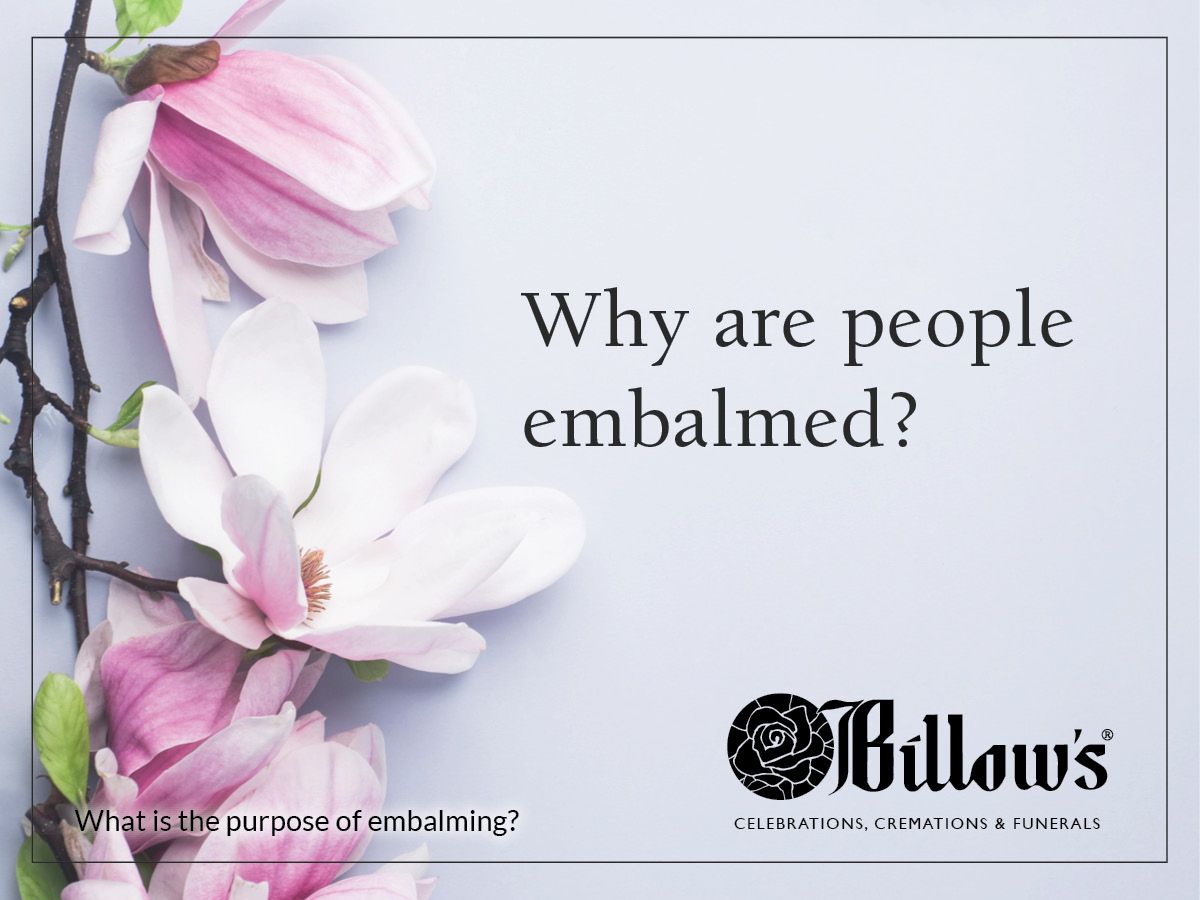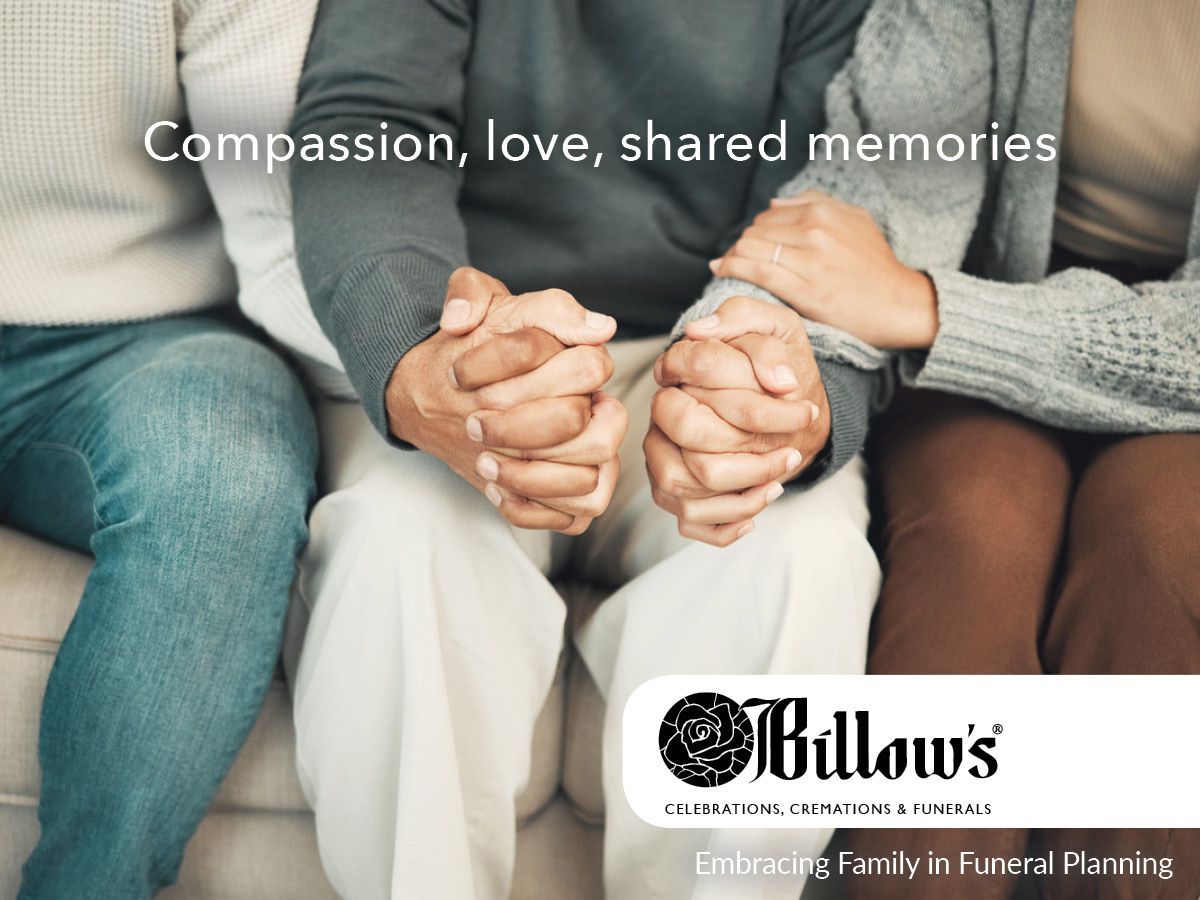Does Everyone Go Through the Five Stages of Grief?
What does grief look like? It’s a question that’s been asked for centuries, and it’s difficult to answer because grief looks different to different people. But we’ve often been told that the grieving process follows a certain path, which is commonly called the five stages of grief. Does everyone go through the five stages? And if they don’t, how do they know if they’re grieving properly?
Does everyone follow the five stages of grief?
Many people know the five stages of grief, even if they’re not sure where they first heard them. You don’t have to have studied psychology to know that the five stages of grief are denial, anger, bargaining, depression, and acceptance. This cycle is so entwined with the way we think about mourning the loss of a loved one that many people simply believe that they will naturally follow this order when dealing with their own loss. However, that’s not always the case.
The five stages of grief have been a part of the public consciousness since 1969, when they were introduced to the world by Elizabeth Kübler-Ross in her book On Death and Dying . Thanks to her work, the five stages of grief were adopted as the Kübler-Ross model, or sometimes the DABDA model, in honor of the steps themselves. But the Kübler-Ross model was never meant to be about coming to terms with losing a loved one. It was about the emotions one faces when being diagnosed with a terminal illness. Although Kübler-Ross noted in her book that family members undergo their own process of dealing with the diagnosis, she had never intended to use her model to explain how they navigate their way through grief.
Even still, the model has been shown not even to be a great representation of what terminally ill patients go through or what other grief-stricken individuals face. The Kübler-Ross model was created by studying over two hundred patients who had been diagnosed with a terminal illness. A collection of case studies are typically not considered the best way to find and analyze data. Perhaps that’s why several studies have managed to debunk the model altogether, especially when applied to the grief of losing a loved one. A 1981 study, for instance, took a look at 193 widows who had been widowed for different lengths of time. The study concluded that the stresses of being a widow continued for years after their loss, with no evidence to suggest that they followed set stages of grief.
How do I know if I’m grieving wrong?
Time and again, we look toward the Kübler-Ross model as our guide for determining if we’re grieving “right.” But clearly, it’s not the best resource to figure out if something is wrong with how we’re mourning. Even Kübler-Ross said toward the end of her career that she regretted how her model had been misapplied. We often wish that we had a guide toward how we’re supposed to feel after we lose a loved one. Losing someone we love triggers the start of a tumultuous time filled with many questions. For some people, it becomes hard to wake up in the morning. Those people often wonder if they’re grieving too much. Other people just want to throw themselves into their work. They often question if they’re grieving too little.
It’s hard to determine if someone is grieving wrong because there isn’t a set guide to grief. People grieve in many different ways. Some people may follow a trajectory closer to what’s described in the Kübler-Ross model. Others skip some steps or jump around to various stages. Many people repeat steps. They may think they have reached acceptance, but one trigger, like their loved one’s favorite song, may have them returning to a stage of anger or depression. Kübler-Ross herself shared that grief is most often not linear.
So, is there any way to figure out if your grieving process is troubling? It’s normal to experience grief that interferes with how you function, but it depends on the severity and length of time you face these feelings. You may experience complicated grief, which could result in a diagnosis of prolonged grief disorder (PGD). PGD is marked by an intense longing for a person who died within at least six months or 12 months for children or teenagers. Symptoms of PGD include:
● Feeling that a part of you died
● An unwillingness to believe that the person has passed
● Avoidance of reminders of their death
● Anger, bitterness, or sorrow about their death
● Difficulty continuing on with your own life
● Emotional numbness
● A belief that life is meaningless
● Extreme loneliness
The time period here is critical to note because many people experience acute grief during the first few months after a loss, in which they may experience some of the above symptoms. However, for most people, acute grief turns to integrated grief after those months come to an end. Complicated grief occurs when that transition doesn’t happen. Unlike complicated grief, integrated grief is less severe and more bittersweet. It’s what remains after the most challenging symptoms come to an end. At the point of integrated grief, people are mostly able to return to their everyday lives. The grief still exists, but it no longer dominates the sufferer’s life.
Although there is treatment for complicated grief and PGD, there’s some debate over the best ways to handle them. If your grief is debilitating and has lasted several months, you may want to reach out to a mental health professional for help. But it’s worth noting that it’s often easier to prevent complicated grief than it is to treat it. It may be a good idea to reach out to a professional either before an expected passing or shortly after a loved one’s death to address your emotions and potentially stop complicated grief from arising.
Thanks to the five stages of grief, we often imagine mourning a loved one to be like climbing a mountain. We start at the bottom in a place of denial and end at the top feeling acceptance. But the reality is that the path is far more winding than that. Some days you may be climbing up. Others you may be going down. But ideally, you’ll reach a point where the trek is more level, with smaller climbs and drops than before. Be patient with yourself. You’ll grieve in your own way, and that’s okay.

















